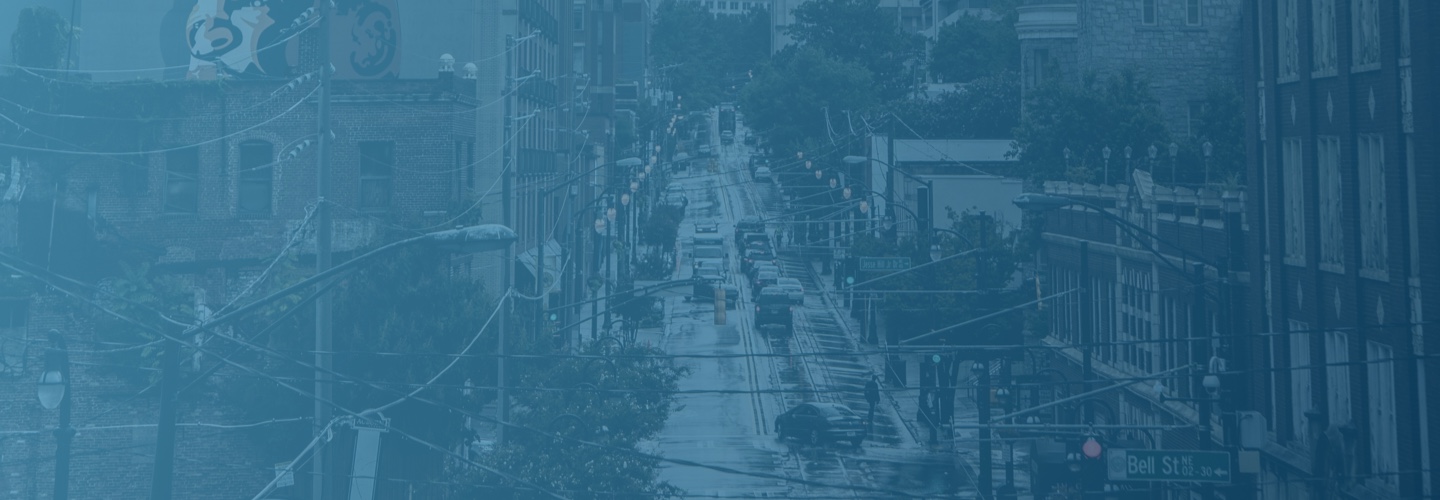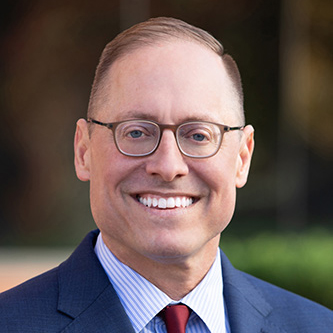Stephen Hasner | Construction Accidents | November 23, 2023
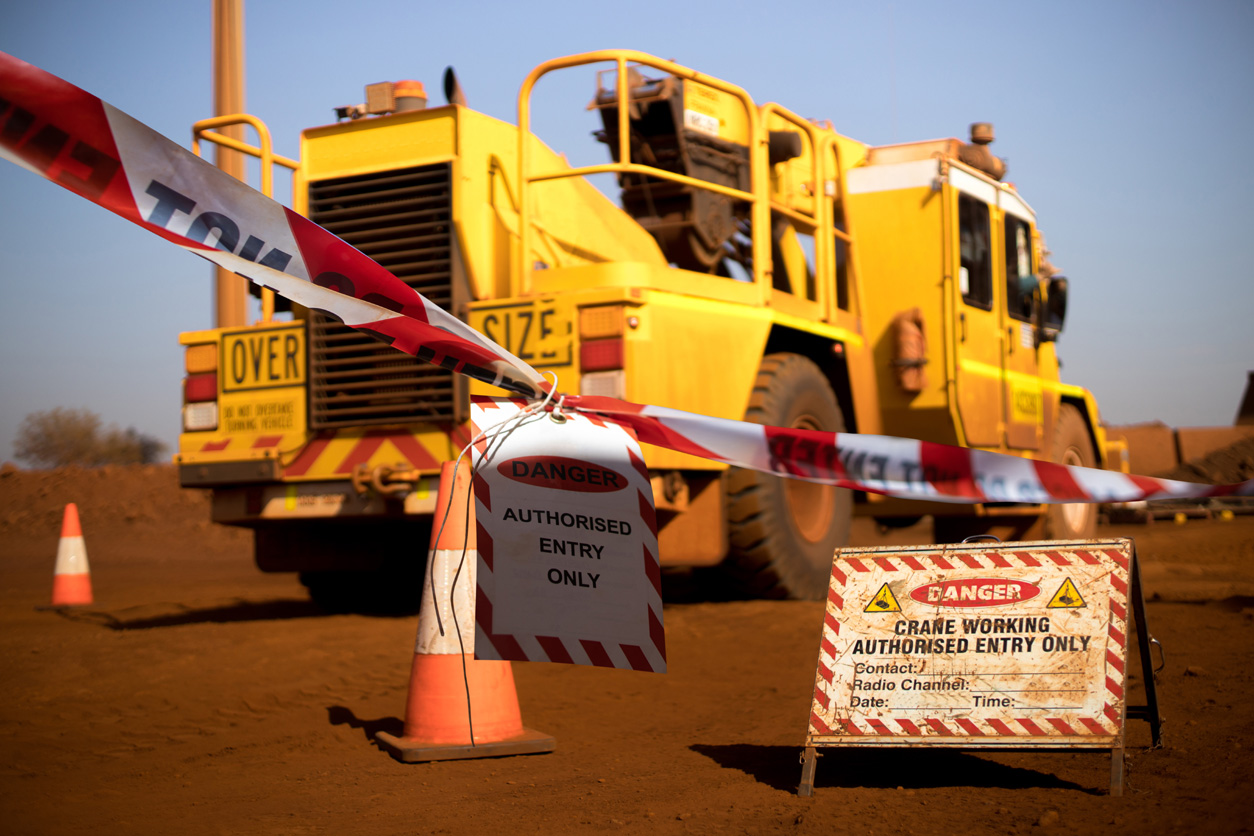
If you were injured in a Georgia construction zone, determining who is financially responsible is more complicated than in a typical car accident. It frequently involves more than just the other driver.
The construction company, its subcontractors, and even a government entity like the Georgia Department of Transportation (GDOT) may share liability for creating unsafe conditions. These incidents are usually caused by issues like poor signage, sudden lane shifts, or debris left in the roadway.
Because multiple parties could be at fault, you may have several avenues for pursuing the compensation needed to cover medical bills and lost wages.
If you have questions about your accident in a Georgia work zone, call us for a straightforward conversation about your situation. Our team at Hasner Law PC Personal Injury & Workers’ Compensation Attorneys is here to help. Contact us at 678-888-HURT (4878).
Key Takeaways for Georgia Construction Zone Accidents
-
- Multiple parties may be at fault, not just the other driver. This means construction companies, subcontractors, or even government agencies are potential sources of compensation for your injuries.
- Construction companies have a legal duty to keep work zones safe. When they fail to use proper signage, lighting, or barriers and an accident occurs, they have breached that duty and are held financially liable for the resulting harm.
- Strict and short deadlines apply when suing a government entity. You must file a formal “ante-litem notice” within as little as six months for a city or county and 12 months for the state, making prompt action essential to preserving your claim.
Who Could Be Held Responsible for Your Injuries?
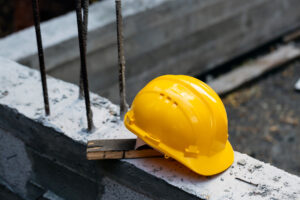 After a construction zone accident, it’s natural to focus on the other driver. But what if the conditions of the work zone itself set the stage for the crash?
After a construction zone accident, it’s natural to focus on the other driver. But what if the conditions of the work zone itself set the stage for the crash?
Construction zones are a web of overlapping responsibilities. The general contractor oversees the project, but subcontractors may be in charge of traffic control, paving, or barrier placement. An equipment manufacturer could be liable for a faulty machine. A government agency approved the traffic control plan. This creates a situation where each party may point the finger at another, leaving you caught in the middle. The construction company’s insurer might argue the other driver was 100% at fault, while the driver’s insurer might blame the hazardous road conditions. This stalls your claim as bills continue to arrive.
The first step is a detailed investigation to identify every potential defendant. At Hasner Law PC, we analyze police reports, contracts between companies, GDOT safety plans, and witness statements to build a clear picture of liability.
We untangle this web to determine which parties failed in their duty to keep the area safe. This could include:
- The other driver: For actions like speeding, distracted driving, or failing to obey work zone signals.
- The lead construction company (general contractor): For overall site safety negligence.
- Subcontractors: For specific failures, like improperly setting up cones or signs.
- Government entities (state, county, or city): For designing an unsafe detour or failing to supervise the project adequately.
- Engineers or architects: If the design of the work zone traffic plan was fundamentally flawed.
Did the Construction Company Fail to Meet Its Safety Duties?
Every company running a road construction project in Georgia has a legal obligation, known as a duty of care, to ensure the work zone is reasonably safe for drivers. This is a requirement. Both federal regulations (under 23 CFR Part 630 Subpart J) and GDOT policies mandate specific safety measures.
This duty means providing clear and early warnings, using proper signs that are visible day and night, safely merging lanes, and securing the site from debris or hazards. When a company is careless in these duties, it is a form of negligence.
Common examples of negligence by construction companies include:
- Inadequate Signage: Missing signs, signs placed too close to a hazard, or confusing instructions.
- Improper Lane Merges: Abrupt or poorly marked lane shifts that don’t give drivers enough time to react. Rear-end collisions are one of the top causes of work zone crashes in Georgia for this very reason.
- Poor Lighting at Night: Insufficient lighting for nighttime road work, making it difficult to see workers, equipment, or changes in the road.
- Debris or Unsecured Equipment: Leaving loose gravel, tools, or machinery in a place that creates a hazard for vehicles.
- Lack of Proper Barriers: Using flimsy cones where concrete barriers are needed, creating a risk of vehicles entering the work area.
When a company cuts corners on these safety rules and you are injured as a result, they may be held financially liable for the harm caused. Proving this breach of duty is how we build a strong case for compensation. We will examine the specific conditions of the work zone where your accident happened to determine if the company’s actions (or inaction) contributed to your injuries.
How Contract Clauses Decide Who Pays After a Construction Zone Crash
When a crash happens in a work zone, who ends up paying could come down to what was written long ago. Contracts between the government, contractor, subcontractors, and suppliers include hidden rules that affect who is responsible for what.
Here are some of the contract tools that matter in practice:
What Is Indemnity and Why Does It Change Who Gets Sued?
An indemnity clause is a contractual promise: one party says, “If we’re sued, I’ll handle the costs or defend you.” Thinking in terms of risk, this shifts who is responsible for paying legal fees and damages. As someone hurt in the crash, it matters because it typically determines which company’s insurance you may be able to go after.
Different kinds of indemnity clauses shift risk differently:
- Very Broad Indemnity: Covers nearly everything, even if the party benefiting from the clause (the “indemnitee”) is also partly at fault. Example: a subcontractor’s contract might make them responsible even if the general contractor’s mistake played a role.
- Intermediate/Shared Indemnity: The promise covers claims only when the indemnitor also contributed to the error. For example, if both the contractor and subcontractor made mistakes, the subcontractor pays part.
- Narrow Indemnity: Covers only what the subcontractor did wrong, and no more. It usually lists specific risks or only covers the subcontractor’s negligence.
Additional Insureds and Primary/Noncontributory Policies
These are ways contracts layer insurance coverage to make sure there is always someone ready to respond:
- Additional Insured Endorsement: If the general contractor is named as an additional insured on the subcontractor’s insurance, the subcontractor’s insurance may have to cover injuries that arise from the subcontractor’s work. This can give you more sources of insurance money.
- Primary and Noncontributory: This kind of clause requires that the subcontractor’s insurance respond first and that other insurance of the general contractor or owner doesn’t jump in unless needed. It prevents insurers from arguing “your insurance should pay first” and delaying compensation.
Pay‑If‑Paid, Pay‑When‑Paid, And Payment Risk
Contracts sometimes say subcontractors only get paid if the higher party gets paid, or when that payment comes. Although this seems unrelated to personal injury at first, it affects how financially strong different parties are and how quickly a case can be settled.
If you’re hurt and one party down the chain has weak financial incentives (because they won’t get paid until someone else gets paid), that may slow things down or limit how much insurance is available.
Legal Limits in Georgia that Might Help You
Georgia law includes rules that limit what contracts can do, especially for architects, engineers, and surveyors. The contract can’t force them to cover risks that the law says they shouldn’t (for example, covering someone else’s gross neglect or intentional wrongdoing).
Also, when government work is involved, there are sovereign immunity rules (limits on how much a government agency can be sued) and statutory notice deadlines. Depending on how the contract was written, some indemnity promises might be invalid if they try to override these rules.
What This Means for Your Case
Because of all the contract tricks, the people named in the lawsuit may not be the people you thought. If a subcontractor has done a lot of safety work but also signed a broad indemnity, their insurer may end up defending the general contractor or owner.
For you, that may mean more insurance companies in play and more pressure on multiple parties to settle. But it also means more complexity: more documents to locate, more contract language to read, and more legal rules to follow—issues you shouldn’t have to worry about while you’re injured. A lawyer will scour the fine print for you to determine exactly who is on the hook and how to hold them accountable.
Can You Sue a Government Agency like GDOT?
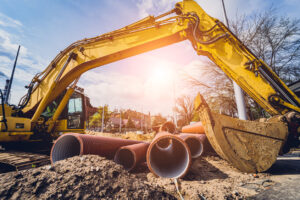 Yes, it is sometimes possible to file a claim against a government entity in Georgia for an injury in a construction zone, but the rules are very different. The concept of sovereign immunity is a legal principle that traditionally protects government bodies from lawsuits. However, Georgia has waived this immunity in specific situations, such as when a government employee’s negligence causes an injury.
Yes, it is sometimes possible to file a claim against a government entity in Georgia for an injury in a construction zone, but the rules are very different. The concept of sovereign immunity is a legal principle that traditionally protects government bodies from lawsuits. However, Georgia has waived this immunity in specific situations, such as when a government employee’s negligence causes an injury.
A government entity might be liable in several circumstances:
- Negligent Design: If GDOT or a county road department designed a dangerous detour or traffic control plan for the work zone.
- Failure to Supervise: If the government entity was responsible for overseeing the construction project and failed to correct obvious, dangerous safety violations by the contractor.
- Direct Negligence: If government employees were directly responsible for creating a hazard, such as leaving a government-owned vehicle in a dangerous position.
The most important factor here is the deadline. To file a claim against a state agency like GDOT, you typically must provide a formal written notice, called an ante-litem notice, within 12 months.
For a city or county, that deadline is as short as six months. Missing this window permanently bars you from seeking compensation from that entity, which is why addressing these issues promptly is so beneficial.
What Compensation Can You Pursue After a Work Zone Injury?
Compensation, legally called “damages,” is intended to help you recover financially from the losses caused by the accident. We work to document every loss, big and small, to ensure we are pursuing the maximum compensation available under the law for your specific situation. These damages fall into two main categories.
Economic Damages (Tangible Financial Losses)
These are the losses with a clear dollar amount attached. They include:
- Medical Expenses: This covers everything from the initial emergency room visit to ongoing physical therapy, future surgeries, and prescription costs.
- Lost Wages: This is the income you’ve lost while being unable to work.
- Loss of Earning Capacity: If your injuries prevent you from returning to your old job or diminish your ability to earn a living in the future, this compensates for that lost potential.
- Property Damage: This includes the cost to repair or replace your vehicle.
Non-Economic Damages (Intangible Losses)
These compensate for the non-financial impact the injury has had on your life. Examples include:
- Pain and Suffering: For the physical pain and emotional distress caused by the injury and your recovery.
- Loss of Consortium/Enjoyment of Life: If the injury has affected your relationships or your ability to participate in hobbies and activities you once enjoyed.
What if You Were Blamed for Speeding or Distracted?
Many people worry that if they were even slightly over the work zone speed limit or momentarily distracted, they have no case. This is not necessarily true in Georgia.
Georgia uses a comparative fault system to assign blame in an accident. Think of it like a pie chart. A jury might find that the construction company was 60% at fault for poor signage, the other driver was 30% at fault for texting, and you were 10% at fault for your speed.
Under Georgia’s “50% bar rule,” you still recover damages as long as you are found to be less than 50% responsible for the accident. Your final compensation award is then reduced by your percentage of fault. In the example above, you could still recover 90% of your total damages. This rule is outlined in the Official Code of Georgia Annotated (O.C.G.A.) § 51-12-33.
An insurance company for the at-fault party may use any admission of fault to deny your claim entirely. Our role is to ensure that no amount of blame is unfairly placed on you and to hold the other parties accountable for their share of the responsibility. Georgia’s increased penalties for speeding in work zones are meant to protect people, but they do not automatically disqualify you from a claim if the zone itself was unsafe.
Frequently Asked Questions About Georgia Construction Zone Accidents
Should I talk to the construction company’s insurance adjuster?
We always advise speaking with an Atlanta construction accident attorney before giving a recorded statement to any insurance company. Their investigation will look for any information to argue that their client, the construction company, was not at fault.
What if a truck caused my accident in the work zone?
Accidents involving commercial trucks are more complicated due to federal regulations governing trucking companies and potentially higher insurance policy limits. It may also involve additional liable parties like the trucking company or cargo loader.
How can I find out if there were other accidents in the same work zone?
We investigate the accident history of a specific construction zone. A pattern of similar crashes serves as powerful evidence that the area was negligently designed or maintained.
Do I have a case if I was a construction worker injured by a driver?
Yes. If you were a worker injured on the job by a negligent driver, you may have both a workers’ compensation claim and a separate personal injury claim against the at-fault driver. Hasner Law PC Personal Injury & Workers’ Compensation Attorneys handles both types of cases.
Don’t Assume You’re Out of Options
 The moments after a construction zone accident are confusing. It is easy to second-guess what happened and assume nothing is possible.
The moments after a construction zone accident are confusing. It is easy to second-guess what happened and assume nothing is possible.
But the reality is that the law requires construction companies and government agencies to follow strict safety rules. When they fail, and you are hurt, you have the right to hold them accountable.
You do not have to figure this out alone. The first step is simply understanding the facts of your situation from a legal perspective.
We provide clarity on your rights and discuss how to move forward. Call Hasner Law PC today at 678-888-HURT (4878) for a no-obligation conversation.

